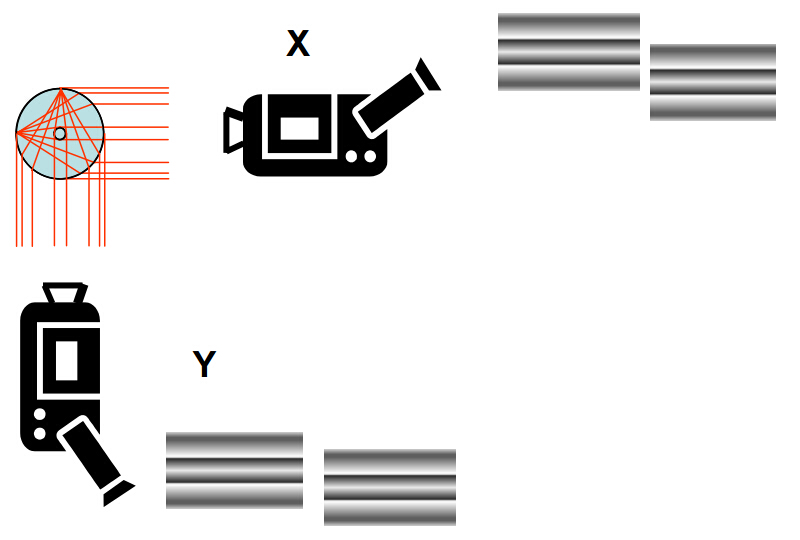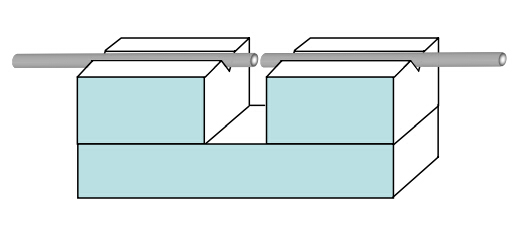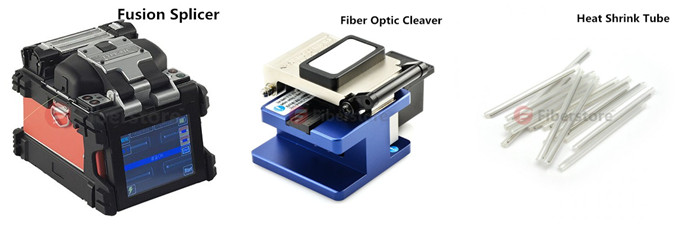Fiber optic termination refers to the addition of fiber optic connectors, such as LC, SC, FC, MPO, etc. to each fiber in a fiber optic cable. It is an essential step in fiber optic connectivity. Nowadays, two major termination solutions including field terminated and pre-terminated (factory pre-terminated) are used to achieve the fiber termination. For these two solutions, which do you prefer?
Field termination, as its name suggests, is to terminate the end of a fiber in the field. Field terminated solutions including no-epoxy, no-polish (NENP), epoxy-and-polish (EP) connectors and pigtail splicing are applied on the majority of fiber optic cables today. Field termination not only requires various of steps and tools, but also the proper training and skills of technicians to properly terminate the fiber.

Note: pigtail splicing is accomplished by fusing the field fiber with a factory-made pigtail in a splice tray.
Factory termination, also called factory pre-termination, refers that cables and fibers are terminated with a connector in the factory. In fact, factory termination has the same procedures as field termination, but all the steps are taken at the manufacturers’ facility. The pre-terminated solution mainly including the fiber patch cables, the pre-terminated cassettes and enclosures features superior performance, good consistency, low insertion loss and good end-to-end attenuation in the system with the design of high-quality connector end-face geometry. In addition, by reducing the cumbersome process and tools, factory pre-terminated solution is easier to install and requires less technical skills.

Field terminated solution and pre-terminated solution, with different strengths and weaknesses, are likely to attract different types of users. As technicians face important trade-offs in deciding which method to choose, we are going to provide a detailed comparison between them from several aspects in this section.
Preparation
Field terminated solution needs a series of preparations before termination. Procedures including stripping the cable, preparing the epoxy, applying the connector, scribe and polishing, inspection and testing are required. Additionally, tools and consumables such as epoxy and syringes, polishing products, cable installation tools, etc. are also necessary. Conversely, the pre-terminated solution doesn’t need any cable termination preparation, no connector scrap, no cumbersome tool kits or consumables and no specialized testers needed.

Cost & Time Spent
Traditional field terminated solution has the lowest material cost with no pre-terminated pigtails or assemblies required, but with the highest labor cost as it takes much longer to field install connectors. For pigtail splicing, though the factory pre-terminated pigtails cost less but the higher labor rates are typically required for technicians with fusion splicing equipment and expertise, or fusion splicing equipment and expertise must be on hand. The pre-terminated solution typically costs more than other options on materials. However, it greatly reduces the labor cost. Because less expertise and resources are required of installation staff.
As mentioned above, field terminated solution takes more time in preparation and connectors field installation. In contrast, with pre-terminated solution, connectors are factory terminated and tested in a clean environment with comprehensive quality control processes and documented test results that allows for immediate installation, saving up to 70% on installation time.
To sum up, mainly with time and labor saving, the pre-terminated solution can help users save cost at an average of 20-30% over field terminated solutions.
Performance
In terms of performance, the pre-terminated solution is more stable than the field terminated. Factory pre-terminated assemblies with documented test results are generally available in lower insertion loss and better performance. Field terminated solution works weaker in stability. Because there are many uncertainties in field installation. When for high density applications, the pre-terminated cable assemblies offer better manageability and density which are more suitable for high-density connectivity than the field terminated practices.
Applications
Field terminated solution, as a traditional termination method, is still used in many application fields. But now, for the case that cable distances are less than 100 meters and cable lengths are pre-determined, pre-terminated solution is more preferred by users. The pre-terminated solution is widely used for cross-connect or interconnect in the MDA (Main Distribution Area), EDA (Equipment Distribution Area), or other areas of the data centre, as well as for fixed lengths in the interbuilding or intrabuilding backbones.
Warm Tips: Click here to view the Field Termination vs. Factory Termination in LAN application.
Field terminated and factory pre-terminated solutions play a very important role in fiber optic termination, though they have different features. Choose the right method for your network according to your plan. For data center applications, FS.COM highly recommends you the pre-terminated solution as it can help keep costs down and network up, and meets the demands on high density. Contact us over sales@fs.com for detailed information.



